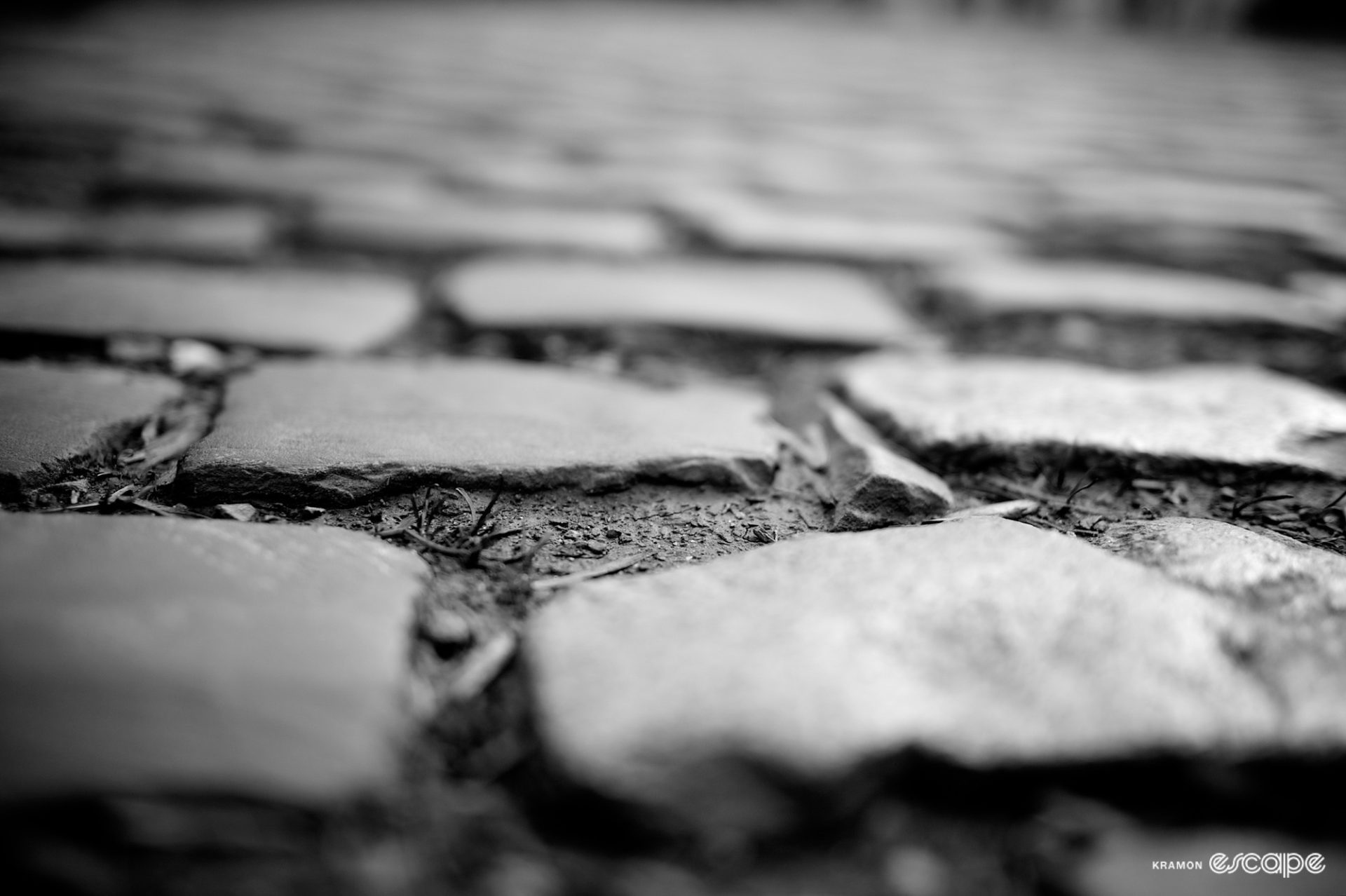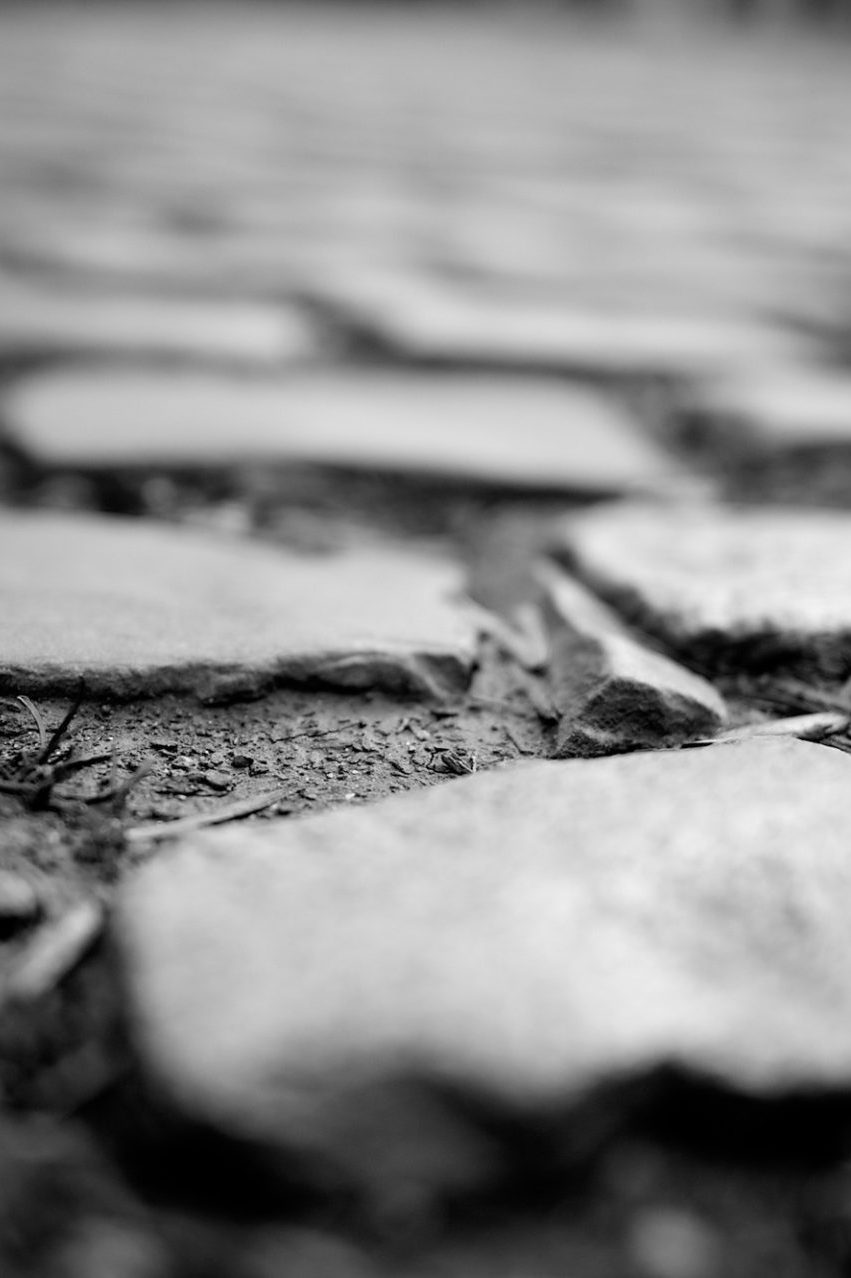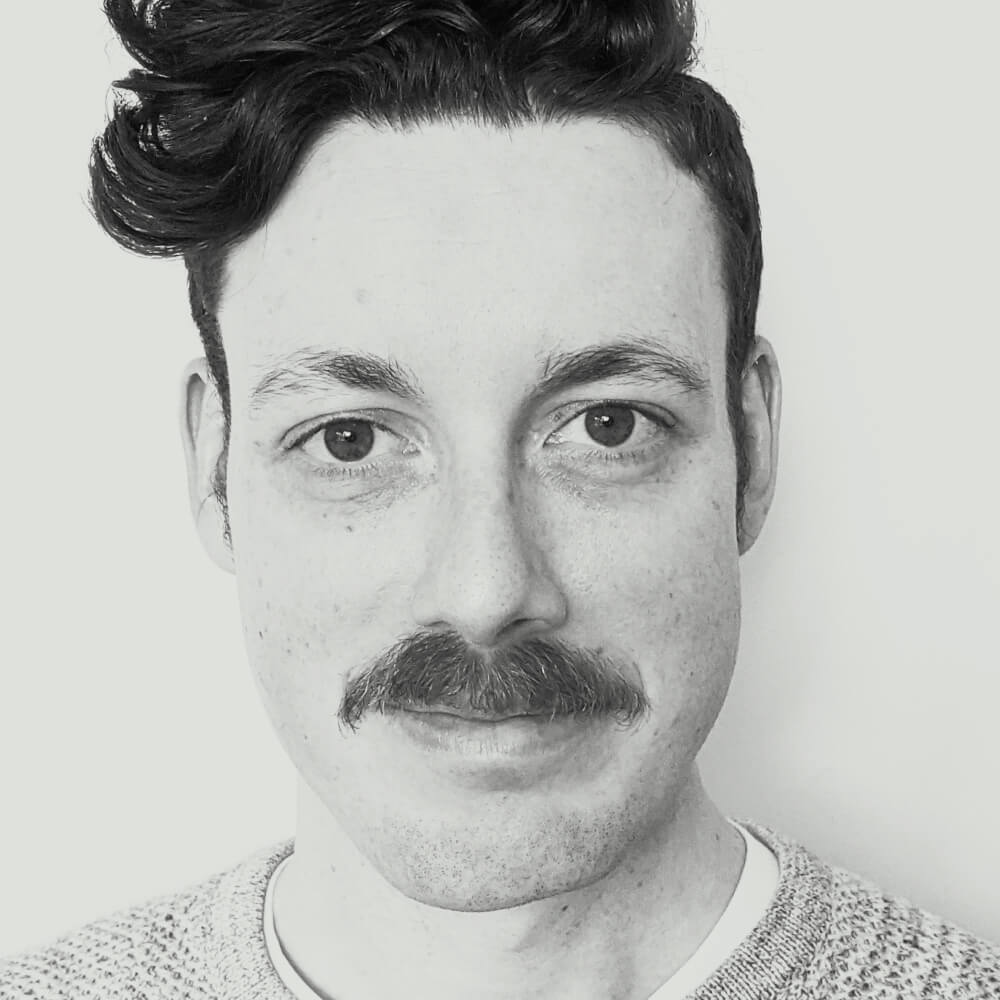Everything starts somewhere. From the Tour Down Under to the Tour de France, races start with an idea: a gap in the market, a need for newspaper subscriptions, a crazy dream. Some of them fail but some of them fly, and years later, if everything falls into place, they become an established part of the cycling calendar, accepted as an institution of the sport. But if you trace it back far enough, eventually you arrive at a single idea, dreamed up in someone’s head. It’s rare to get a glimpse of the spark of something like that.
Now imagine this: you’re in Australia, and you love the Spring Classics – especially the cobbled ones – and you mourn the fact that for you, they’re in the middle of the night on the other side of the world. Most people would accept that there’s nothing to be done about that, especially given the absence of suitably weathered cobbled roads. Most people would, by necessity, accept the status quo.
But for Cam Uecker – originally from the Pacific Northwest but now based in Melbourne – that felt like an insufficient answer. It was time to dream bigger: an Australian cobbled classic traversing Victoria’s regional centres and finishing in Melbourne. There are, you might suspect, a number of obstacles to overcome: scheduling, promotion, bringing the UCI on board, and managing a gazillion stakeholders with competing interests. But perhaps the most meaningful obstacle is that in most of regional Victoria, there simply aren’t cobbled roads. Gravel, yes. But cobbles? No.
Lightly edited for length and clarity, this is an interview with the man with the audacious plan to build a distinctly Australian cobbled classic – a dream he’s dubbed ‘The Bluestone Classic’ – literally from the ground up.
Iain Treloar: First up, could you give me a quick run through of your vision for the Bluestone Classic?
Cam Uecker: Yeah – my pie-in-the-sky vision is that it would eventually be a one day race and styled like a monument style race, like the spring classics that are going on right now over in Europe. I can see it starting up outside of Bendigo, and rolling down through country Victoria down to outside of Ballarat, maybe via Daylesford and then ending in Melbourne.
I started to think about it because the company that I work for, TCL, they do a lot of infrastructure and roads. And we have all these bluestone samples in the office, and bluestone is used in Melbourne projects all the time. It’s part of the brand design for the City of Melbourne. And I was thinking that it just seems like a perfect combination … with these bluestone cobbles, or setts, we can make roads up and then we could have our very own very Victorian, very Melbourne set of cobblestone sectors.
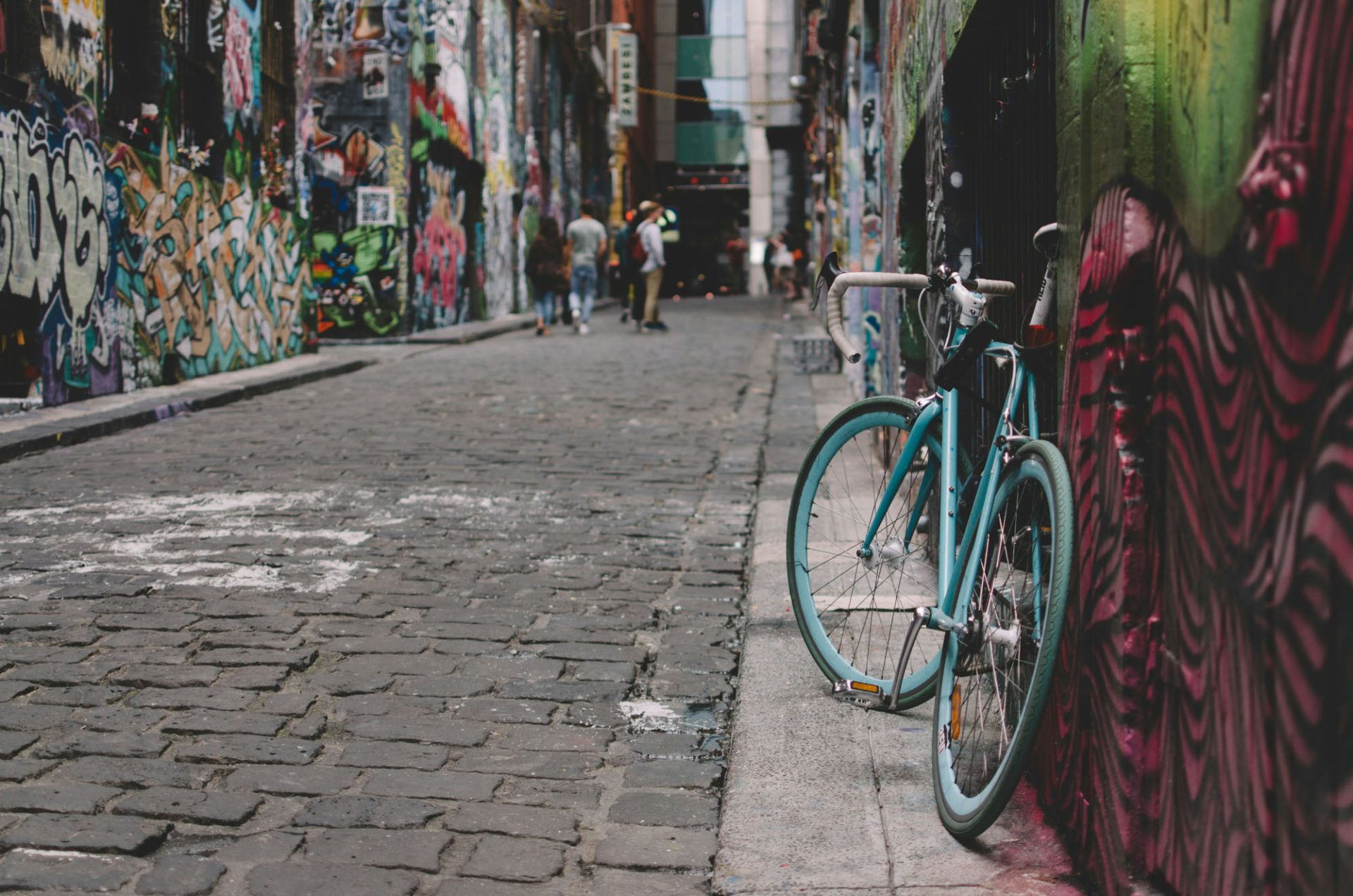
That got in my brain and I was talking about it jokingly to a friend and he was like, “Oh, that’s a great idea” and I thought, you know, “I think this is the place for it.” So, if everything worked out perfectly, it would be a one-day race on the racing calendar, that would be about 250 kilometres, and feature a bunch of sectors of bluestone cobbles. That’s my pie-in-the-sky vision for it.
IT: So the genesis of the idea was through your day job, the awareness of the bluestone cobbles in Melbourne infrastructure?
CU: Yeah, definitely. Once I started learning about bluestone and how it is just such a key feature of the geology here, I felt it was just very representative of this region. I think it would be a really cool identifier, a unique identifier for those roads. And for a race – it would just kind of be the backbone of a very specifically Victorian race. So yeah, definitely. I had no idea about what bluestone was before I started working for TCL. [The cobbles in the top European cobbled classics are typically sandstone, granite, and porphyry, depending on the region. – Ed.]
IT: I guess the idea of building these cobbled roads specifically for events is kind of a reversal of the existing cobbled classics, where they’re finding fresh purpose for these old farm roads. I’m not a bluestone expert – is there enough bluestone available for what would presumably be tens of kilometres of roads?
CU: I think there is, yeah. I mean, it’s used for all these major project construction projects all the time. There are large quarries and several firms that provide it. I’m definitely not an expert in [the material], but I’m wanting to put together a small proposal that I could give to my firm and say, “What would you think about this? How much would this cost?” And they’d be able to say, “It’d cost this much per linear kilometre.” The materials are there – it would just be using it for this purpose which would be different.
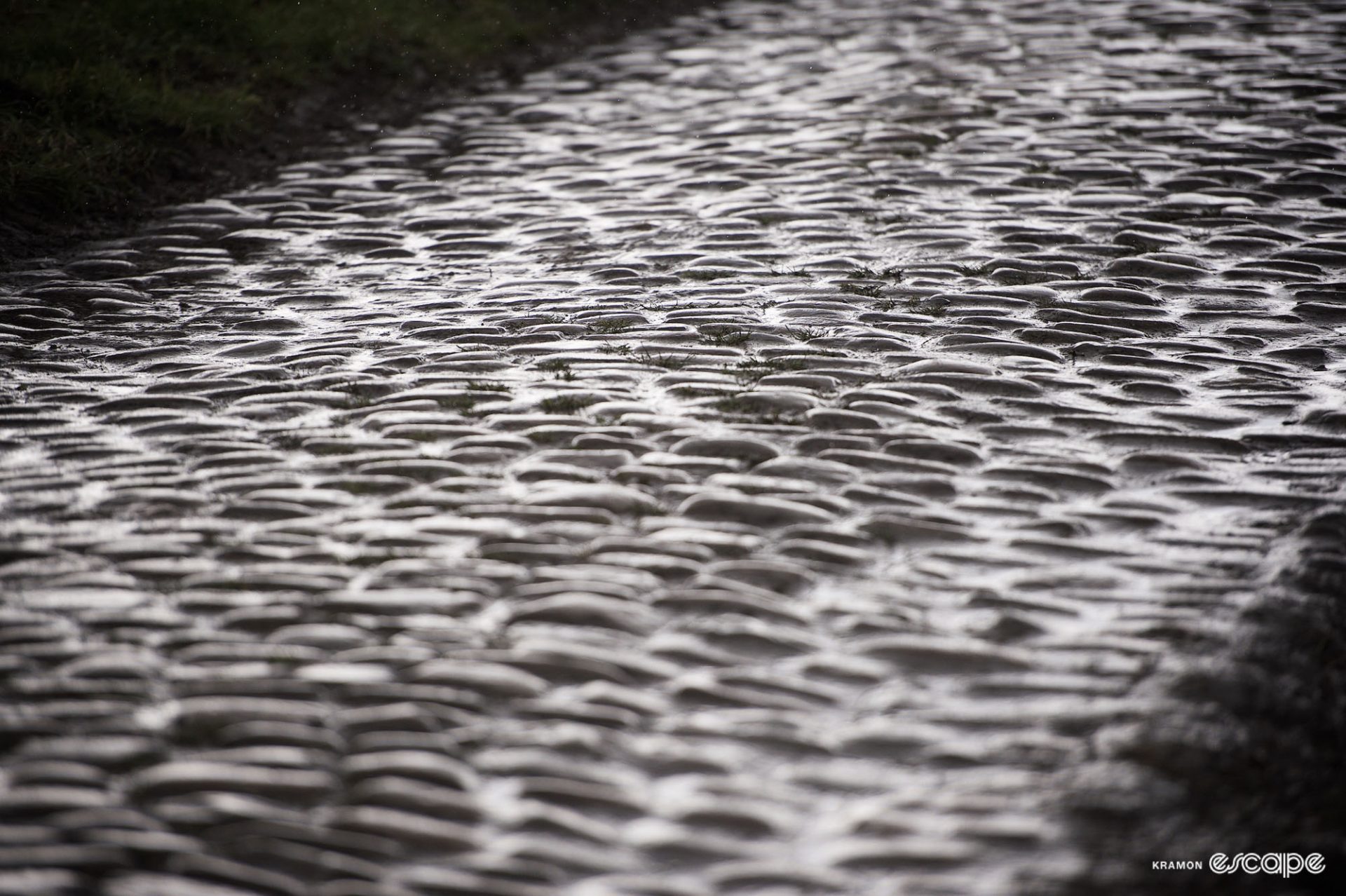
IT: Where would you imagine that funding could come from?
CU: There’s a regional tourism fund that awards grants every year, and one stream of those grants is for feasibility studies, and really early planning studies. I think that’s where it would need to start. You’d have to figure out the cost per kilometre for the sectors, and they don’t all have to be that long – if you watched any of the two races that were on this weekend [Kuurne-Brussels-Kuurne and Omloop Het Nieuwsblad – Ed.], some of them are just like a partial cobbled sector of climb, and then it goes back on to a gravel or dirt road, then some sort of rough pavement road. Some of them will be shorter in my mind; you wouldn’t need all of them to be really long ones.
I think the initial thing that I would like to do is get a feasibility study done, engage a traffic engineer, and get some of those key sub-consultants on board to say, “Here’s what it would cost.” And that could be anywhere from $20,000-$30,000. That’s usually reasonable to get a feasibility study done.
IT: And do you imagine the positioning of the cobbled sectors as being around these regional centres?
CU: Yeah, I think out towards the regional centres – this wouldn’t go along the main freeways or anything like that. And I’m looking at things differently from town to town, right – there’s different tracks and roads. Now, who owns those roads and how that all works is something else to figure out. But I see those sectors as being mostly out in regional Victoria.
What I think is also interesting about this idea is, obviously they’re looking for people who have ideas to enhance tourism into country Victoria and regional Victoria. I think that’s where this has some staying power to it – there might be certain ideas that are good for a time, but if this was able to become a yearly thing, that had a fairly predefined route that would go through these towns … in each of these towns, in my head, I would want to meet people who are in the tourism and events industry and see the potential in this as a yearly festival for each of these areas: there’s music, and there’s other arts and all the things that Victoria is so great at, and every year, it’s surrounding this bike race. I was just watching a documentary about criterium racing in the US, and the riders kind of described these big events as being more like music festivals that happen to have a bike race – lots of people who go to these events aren’t even necessarily aware that there’s a bike race gonna be coming through, but they’re coming because it’s a great event, and it happens every year.
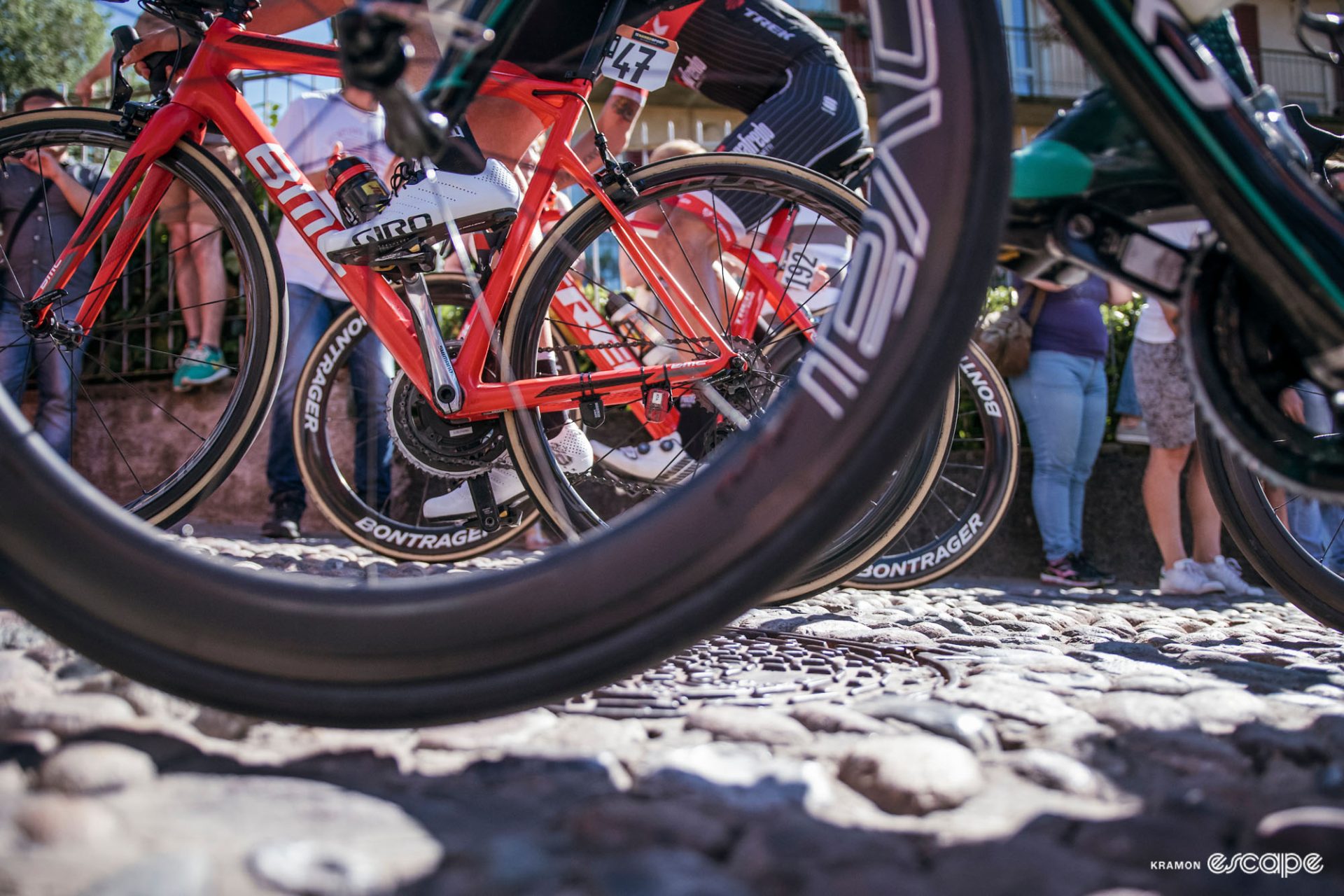
And so that kind of idea – stimulating a yearly event for these areas, in conjunction with this race – is something that has some legs for a long-term impact for these areas, as a way to help invigorate those communities. That’s my thinking around that, and all the cobble sectors probably make more sense to be built out there where there are more of those dirt roads that might be unused or underused.
IT: At this point it’s still a fairly hazily-defined kind of seed of an idea …
CU: Yeah, it’s raw.
IT: So how do you get this idea to grow into a beautiful tree, to the point that you can start approaching stakeholders and take tangible steps into it becoming a reality? I mean, it’s a big, audacious exciting idea, and some of the best ideas start out that way – but if people look at this and wonder whether it’s a bit fantastical, what’s your response to that?
CU: Yeah – I would say yes, it is fantastical. It is that, right? [laughs] Like, how does that become anything? I don’t have any contacts in any of those worlds yet; those roads aren’t even there yet. For all of that – I totally agree. But, for me, what I think is interesting about having this idea is that I just want to keep talking about it with people – throwing it out there and saying, “Hey, does this resonate?” It’s obviously an exciting idea, and I think that’s why I want to keep sharing it – because I want to find other people who are like, “Yes, that is crazy, and I want to try to help make it happen.”
My big overarching idea is going to be there, and I’m going to keep thinking about it in those big fantastical terms – while just doing a day-to-day kind of analysis of “What do I need to do today? Who do I need to speak with? What do I need to start to put into place?”
In my head, I don’t see this as impossible – I see it as something that is an opportunity. It’s right there. When I think about some of the things that Melbourne does so well, I think this type of race is right in with the character of the state. Could it happen in Western Australia? Sure. Could it happen in South Australia? Sure – but they’ve already got the TDU, and I think this is a great companion idea. So I just would say to people who say, “That’s wild man, how are you even gonna do that?” I would just say, “I don’t know. But I’m going to look at it again today, and I’m going to figure out something else that I need to figure out, all these small challenges that just are going to keep arising, which to me is exciting.” That’s almost the whole point of why I’m doing this in the first place. I’m at this point in my life where I want to try something big – but when you break it down into small, manageable pieces, and you start to think it out, and you plan it out right, the impossible becomes possible.
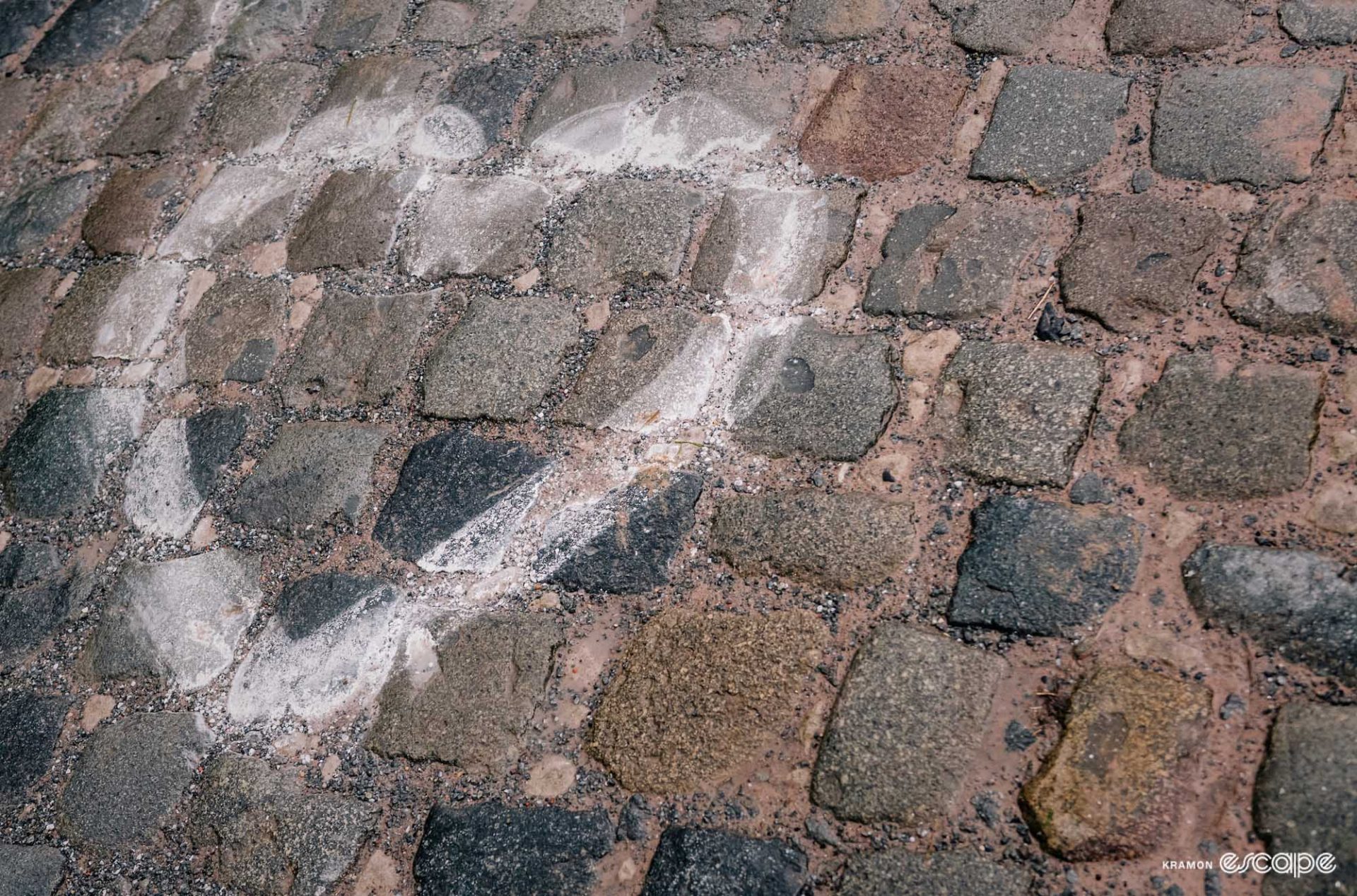
A lot of things have to go right. But my kind of mindset is that I want to try this, because I like challenging myself and trying to solve those problems, and finding like-minded people who like solving those problems. That’s how I want to spend my life – I want to try to do something that’s not just using my skills to earn money; I want to try to see if this could be a thing. I think it can be a thing. And so I’m just gonna keep trying to do those small things every day.
IT: That’s a good answer. It sounds like there’s also a hope for building some sort of community of like-minded people that are like, “OK, let’s make this happen.”
CU: I think it has to be, you know? I think you can only do something like this with a large group of interested people who have different skillsets and different connections – it’s gonna take a lot of different people seeing a lot of different value opportunities for them. Which I think this presents, because it’s not just an infrastructure project. It’s not just a tourism project. It’s not just a sport project. It’s all of these things.
Obviously, anyone who puts in sponsorship is hoping to get something out of it, but I think it’s also a way to cast a wide net for getting interested folks involved. Melbourne is great for that, because of the cycling scene: it’s so community-driven, if you go on group rides with any of the bike shops, everyone is so cool and they just love talking about bikes. So, if I sit down and I start talking with people about this, I can only imagine there’d be several people who’d be like, “Oh, that’s fabulous. That’s awesome. Have you thought about this? Do you know this person?” And that’s the type of conversation I want. That’s where this little nut, this seed that it is, someone will help plant it in the right spot. That’s where it’s at in my head, but ya know, it’s just fun to talk about and a fun thing for me to think about. I can see it one day, all these people lining these different parts of the course outside of their towns, and then there’s ideally a big party surrounding it. And there you go: everyone’s having a good time.
I know there’s a thousand things I’m not thinking about that I would need to think about, but if we have the roads, those cobbled roads, that’s a pretty cool story – especially as you said, it’s sort of reversing the normal process, instead of using existing stuff, let’s build it from the ground up. I’m just hopeful that if we get people talking, it’ll keep introducing me to other people who want to see where this goes.
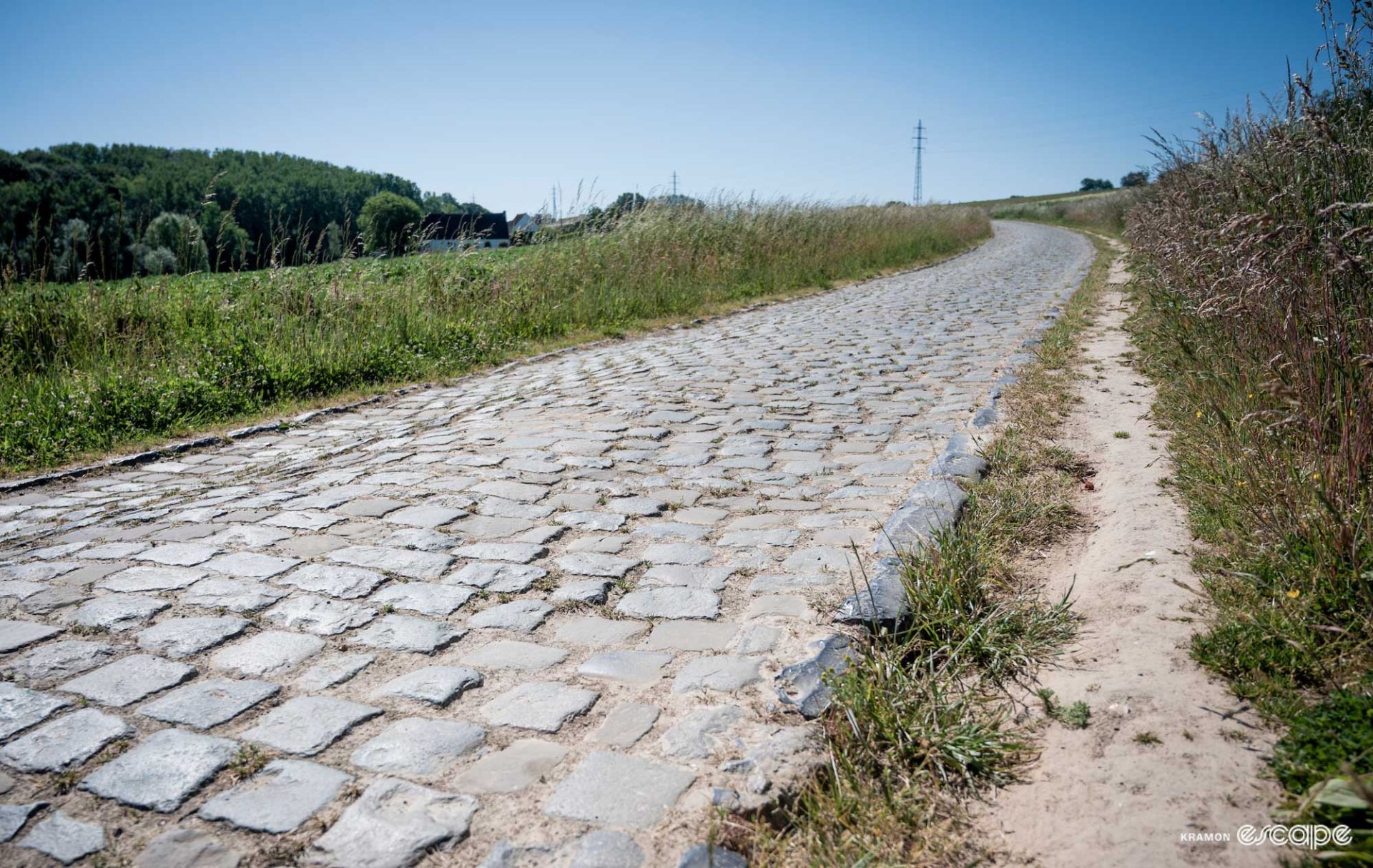
IT: This kind of audacious thinking – it reminds me a bit of this project I wrote about a few years ago. This Dutch cycling journalist called Thijs Zonneveld wrote this tongue-in-cheek column in 2011 after the Netherlands had had a dismal Tour de France, and he wrote something like, “We are a flat country, we need to improve our GC hopes – we should build a mountain.” Just this super pie-in-the-sky idea for a man-made mountain in the Netherlands … but it ended up getting this groundswell of interest, crowdsourcing all of these engineers, architects and academics to assess where they could do it and how they could make it happen.
There still isn’t a big mountain in the Netherlands, but it turned into this incubator for interesting thinking, pulling in about a hundred companies. Now you can see elements of those conversations in these other construction projects, like these bridges, or this ski slope on the side of a power plant in Copenhagen. It’s a crazy idea that starting in cycling, but it has this longer legacy beyond that. I think there’s something really cool in that.
CU: I think that’s right – I think there’s lots of interesting thinking that’s already happening along those lines, right? It’s a weird correlation but when I think about country Victoria and how these towns are going to survive going forward, well, it can’t be through industry, really – farming and agriculture is going to keep consolidating. So, it could be tourism. You see a correlation in a country like Saudi Arabia, realising that their resources are eventually going to go away, and now they’re building all of these crazy, monumental things that are going to be tourism showcases. These places – these indoor ski mountains and the megacities that I see them building – they’re way more insane than building some cobblestone roads in the country.
Maybe, I don’t know, this is like my version of buying an old Cadillac or something like that. But whatever: it’s more fun to me, I think, than just doing the same thing every day. Let’s just figure out how we can make some cool cobblestone roads to go ride our bikes on.
To sign up for updates, visit thebluestoneclassic.com.
If you think you can help bring the dream to life, email Cam here.
Did we do a good job with this story?
